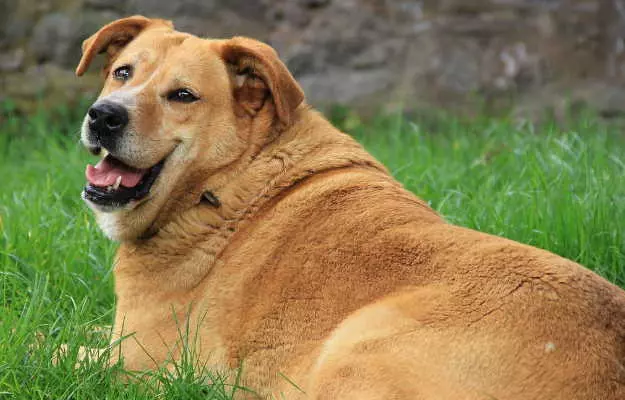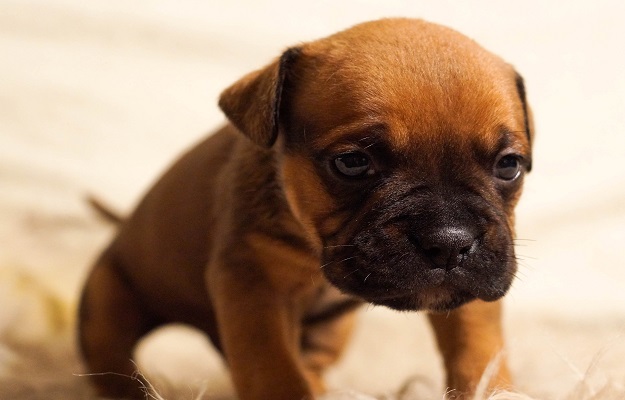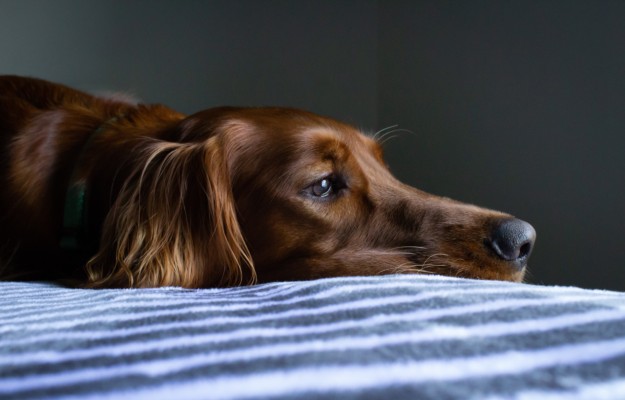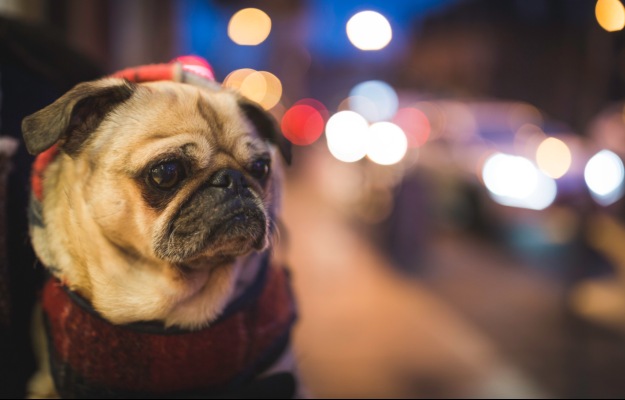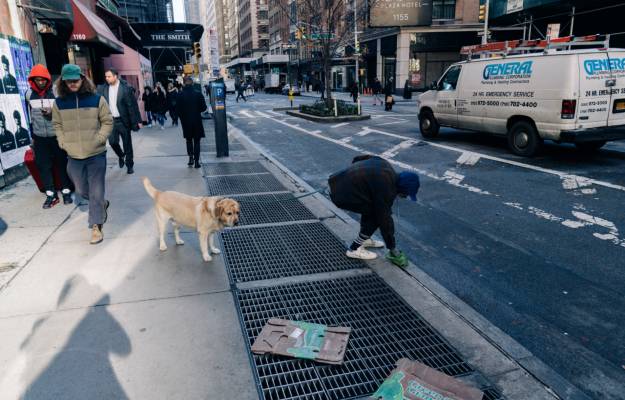Bloat, or gastric dilatation and volvulus (GDV), is an often life-threatening condition affecting older dogs. Bloat occurs when the stomach fills up with air and swells up. The pressure builds enough to damage the tissue lining of the stomach, and the diaphragm is compressed making breathing difficult. Circulation is also affected and blood in the hindquarters accumulates and is not able to return to the heart.
To make matters worse, the stomach may also ‘twist’ and exacerbate issues. The spleen and pancreas are involved in the rotation and with blood supply cut off, the pancreas begins producing extremely toxic products. The body may go into shock if blood circulation is disrupted for too long, and can lead to death in a couple of hours if veterinary care is not provided. Out of those canines that receive treatment, 30% end up losing their lives.

